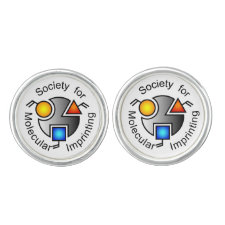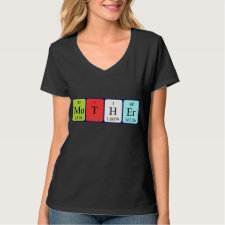
Authors: Wang D, Yang Y, Xu ZG, Liu YJ, Liu ZM, Lin T, Chen XL, Liu HC
Article Title: Molecular Simulation-Aided Preparation of Molecularly Imprinted Polymeric Solid-Phase Microextraction Coatings for Kojic Acid Detection in Wheat Starch and Flour Samples.
Publication date: 2021
Journal: Food Analytical Methods
Volume: 14
Issue: (10)
Page numbers: 2076-2087.
DOI: 10.1007/s12161-021-02039-8
Abstract: An effective method based on molecularly imprinted polymer solid-phase microextraction (MIP-SPME) to assess the risk of kojic acid (KA) in food was proposed in this work. KA is widely used in the food industry but may have potential hazards, such as carcinogenicity. Herein, theoretical simulation and UV-vis spectrum were applied to investigate the synthesis procedure of MIP. The molecular simulation was in marked contrast with the traditional complicated preparation optimization of MIP-SPME coating. The prepared MIP-SPME fiber coating was a mesoporous material with high porosity, the leading cause of better mass transfer of target analytes in complex media. Furthermore, a novel theoretical simulation method of annealing operation was used to obtain the hydrogen bond interaction force for every possible or even dominate action site in the template-monomer system. In addition, compared to the existing approaches of KA determination, this method exhibited ultralow limits of quantification (0.20 and 0.72 μg L-1); it was successfully used for the selective trace detection of KA in wheat flour and starch. The proposed MIP-SPME approach, as a strategy for the risk assessment of KA, is proven to have great stability, high sensitivity and reproducibility
Template and target information: kojic acid, KA
Author keywords: molecular imprinting, solid-phase microextraction, Molecular simulation, Kojic acid, Porous material



Join the Society for Molecular Imprinting

New items RSS feed
Sign-up for e-mail updates:
Choose between receiving an occasional newsletter or more frequent e-mail alerts.
Click here to go to the sign-up page.
Is your name elemental or peptidic? Enter your name and find out by clicking either of the buttons below!
Other products you may like:
 MIPdatabase
MIPdatabase









